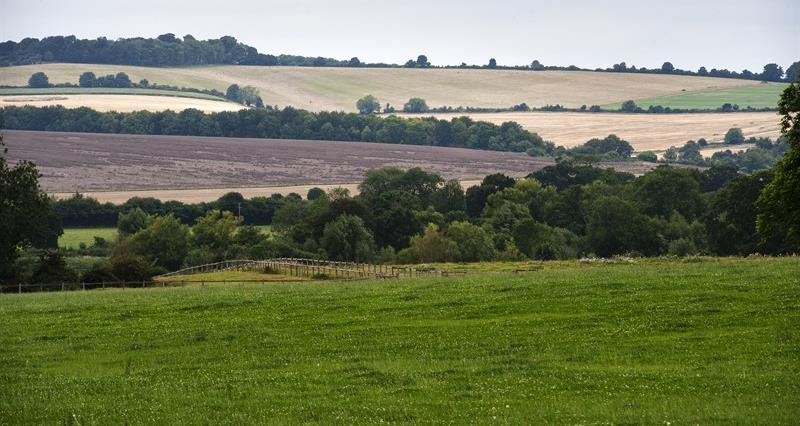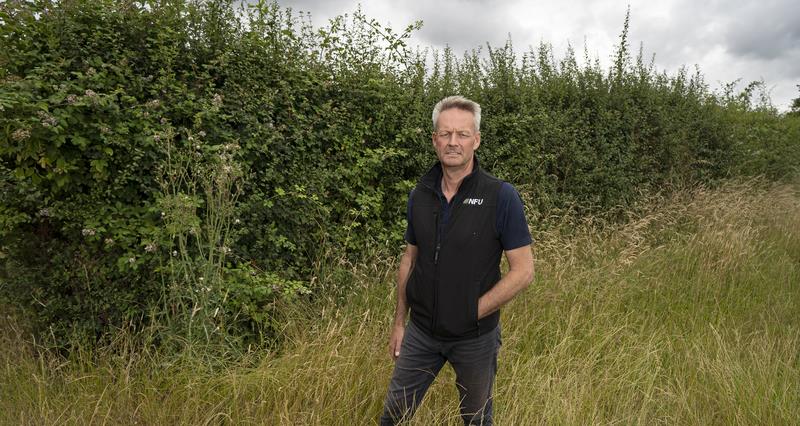The gives a valuable insight into the delivery of Defra’s environmental land management schemes. It examines the pros and cons to Defra’s ‘iterative approach’ to the programme, which it says has made it difficult for farmers to plan for their businesses and created ‘widespread uncertainty and risk’.
The report found the government opted for policy to be based on a method of test, learn and adapt in order to reduce delivery risk. This does create uncertainty in the farming community – do farmers wait for the next part of the offer to materialise?
Farmers are time poor; they have strived for certainty and stability, but the way the offer has been rolled out has challenged engagement and that has impacted on trust to deliver.
Defra acknowledges that building trust with farmers is ‘mission-critical to success’ but only 35% of farmers surveyed in October 2023 said they were confident in Defra’s ability to deliver change to schemes and regulations.
However, the NAO did find that Defra has made ‘rapid progress’ in increasing take-up of its agri-environment schemes with more than 40,000 farmers involved across all schemes, just ahead of its target of 39,000.
Budget
ª º“ª™»Àhas continued to call for budget transparency.¬Ý
The report picks up on spend and budget challenges. Defra has not allocated a budget between the ELM schemes. The budget will respond to demand and evidence of what works to deliver the desired environmental outcomes.
Critical IT issues
The IT system SFI is based on is a key risk to future delivery.
The NAO said Defra is relying on ‘outdated legacy systems’, building on the rural payments service that was used to pay farmers under the EU’s Common Agricultural Policy.
“There are still questions to be answered around environmental targets and the need for a fit-for-purpose IT system to help unlock the way the schemes operate.”
NFU Deputy President David Exwood
There is a need to secure a new service to build a new unified service and secure on-going support for the existing IT service while the unified service is developed.
Environmental objectives
For the first time, the report sets out the environmental objectives of the programme. However, it highlights the need to improve the data collected to monitor impact and delivery. The environmental objectives include:
- create and restore between 202,240 and 301,000 hectares of wildlife-rich habitat outside protected sites by 2042.
- support 65% to 80% of land managers to adopt nature-friendly farming on at least 10% to 15% of their land by 2030.
- bring 240,000 hectares of peatland under new restoration management by 2050
- deliver a 32%–39% reduction in nitrogen (32%), phosphorus (39%) and sediment (37%) input from agriculture into the water environment by 2038 (from a 2018 baseline), and
- increase water storage used by the agriculture and horticulture sectors by 66% by 2050 (from a 2024 baseline).
The NAO flags that Defra intends to take a more targeted approach to deliver SFI in the future.
Defra wants to encourage farmers to take the right action through a more targeted approach and adoption of more ambitious actions. Premium payments are one way of doing this. There are some concerns that SFI could crowd out other more complex schemes, such as Countryside Stewardship Higher Tier and Landscape Recovery.
Environment and food production balance
There is acknowledgement of food and environment production needing to go hand in hand. Defra has analysed this to understand the tensions and trade-offs.
The type of changes in land-use that will be necessary to deliver statutory environmental targets will depend on future policy choices as well as the decisions of farmers and land managers.
ª º“ª™»Àawaits the analysis between these in the much-delayed Land Use Framework.
Defra believes that farmers can improve productivity, however, the underlying assumptions are uncertain and the evidence is inconclusive. The reduction in BPS payments to this point and the need for funding to access the range of productivity and resilience focused grants puts a lot of pressure on farming businesses to rise to the challenge.¬Ý
The NAO does highlight the need to support farmers to make the right decisions and has said Defra should develop a comprehensive and unified advice package.
There is more work to be done in this space. This has to include supporting the business as much as supporting the delivery of outcomes.
Government committed to ELMs
Responding to the report, Farming Minister Daniel Zeichner acknowledged that confidence among farmers has been at ‚Äúrecord lows‚Äù.¬Ý
He said the new government will “not be over-turning the applecart”, adding that it is “fully committed to ELMs”.
“We will optimise schemes and grants in an orderly way, ensuring they produce the right outcomes for all farmers, while delivering food security and nature recovery in a just and equitable way”, he said.
“The government will ensure that our schemes work for those farmers who have been too often ignored – including small, grassland, upland and tenanted farms.”
“We will continue to work with Defra and delivery bodies like the RPA to ensure that our members views and concerns are taken into account.”
NFU Deputy President David Exwood
NFU Deputy President David Exwood said it was “good to hear” that the government is committed to the schemes, adding that it has “never been more important to enable our farmers and growers, particularly uplands and tenant farmers, to contribute to UK food security”.
David said the NFU agreed with many of the NAO’s findings saying “there are still questions to be answered around environmental targets and the need for a fit-for-purpose IT system to help unlock the way the schemes operate”.
“There is a need for government to ensure the long-term budget is available to deliver ELMs in England to help restore farmers' confidence in the future.
“We estimate £4bn is required to deliver the government’s commitments. We would also like to see an impact assessment undertaken of the farming and countryside programme to demonstrate how it supports farm businesses to become more productive,” he added.
Next steps
The programme is at a midway point. The NAO highlights the need for a clear plan of action for what is planned to happen up to 2028 in addition to a more general focus on what direction the sector is expected to head in, and what that will look like from Defra’s perspective.
The report comes at a time when the new government is working through its priorities and work within Defra. Key to all of this is the agricultural budget for the coming years and the activity of the Farming and Countryside programme is linked to this.
David added: ‚Äúª º“ª™»Àawaits further news of the expanded SFI offer for 2024 and next steps in the rollout of other ELM schemes and we will continue to work with Defra and delivery bodies like the RPA to ensure that our members views and concerns are taken into account.‚Äù



